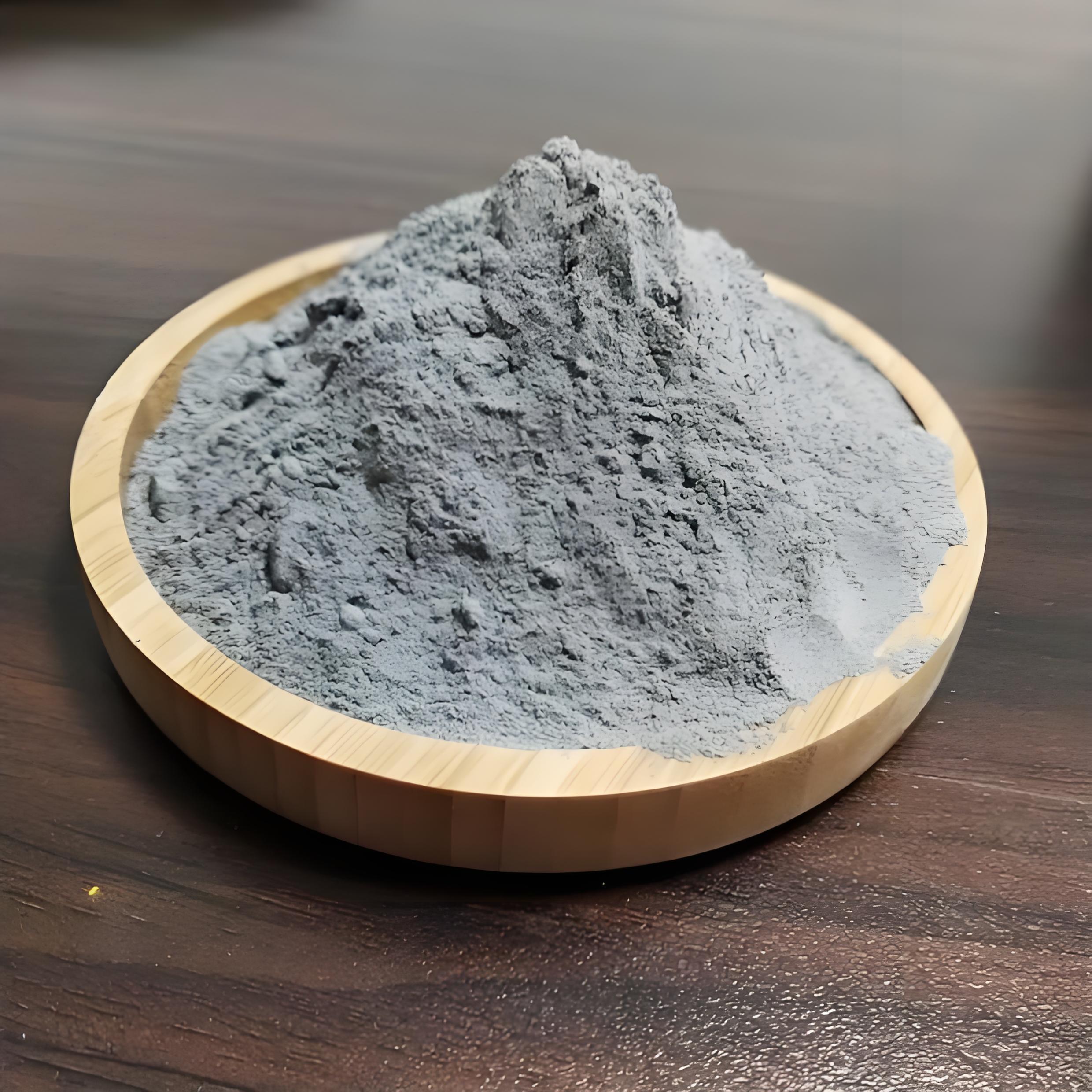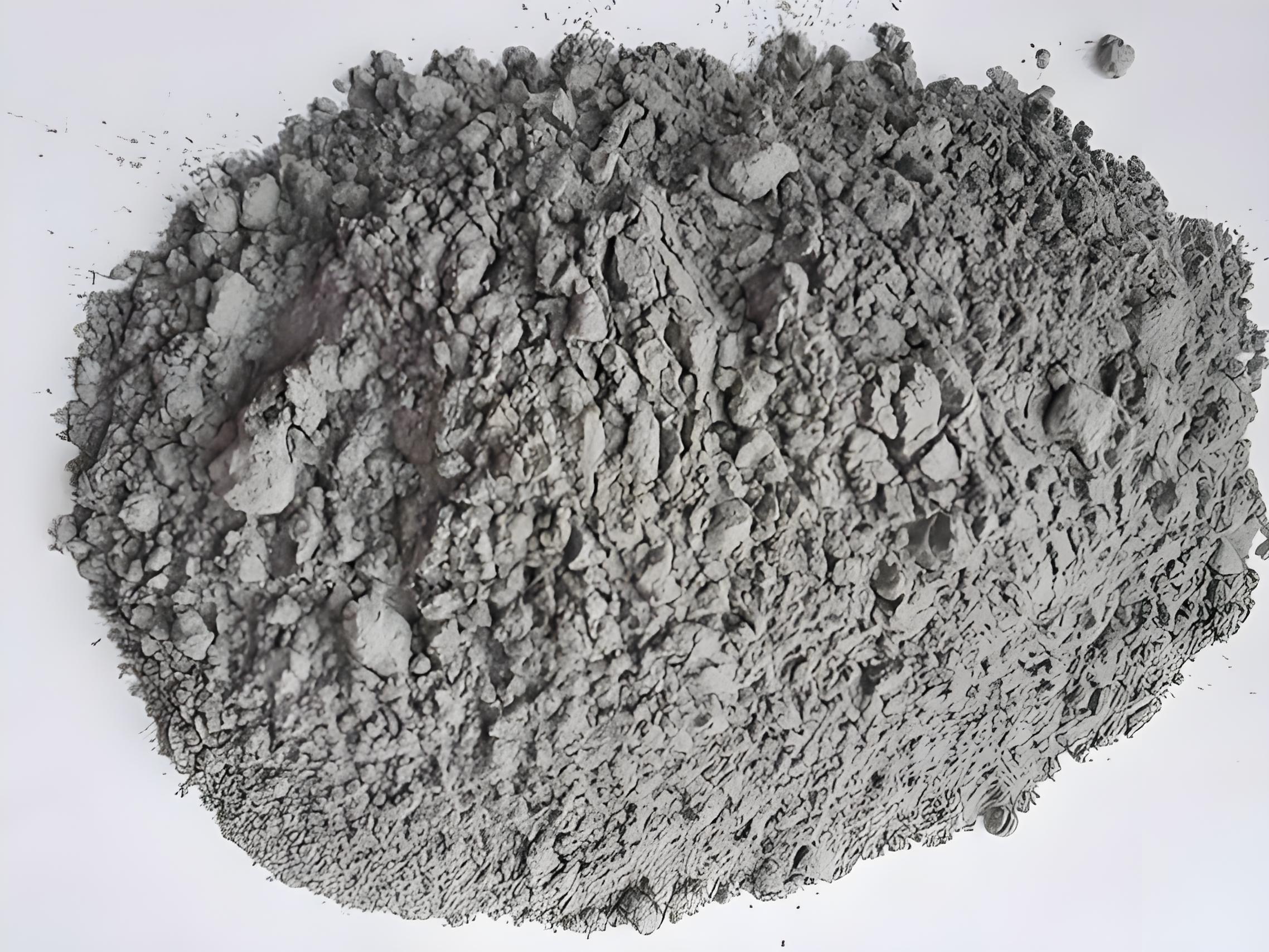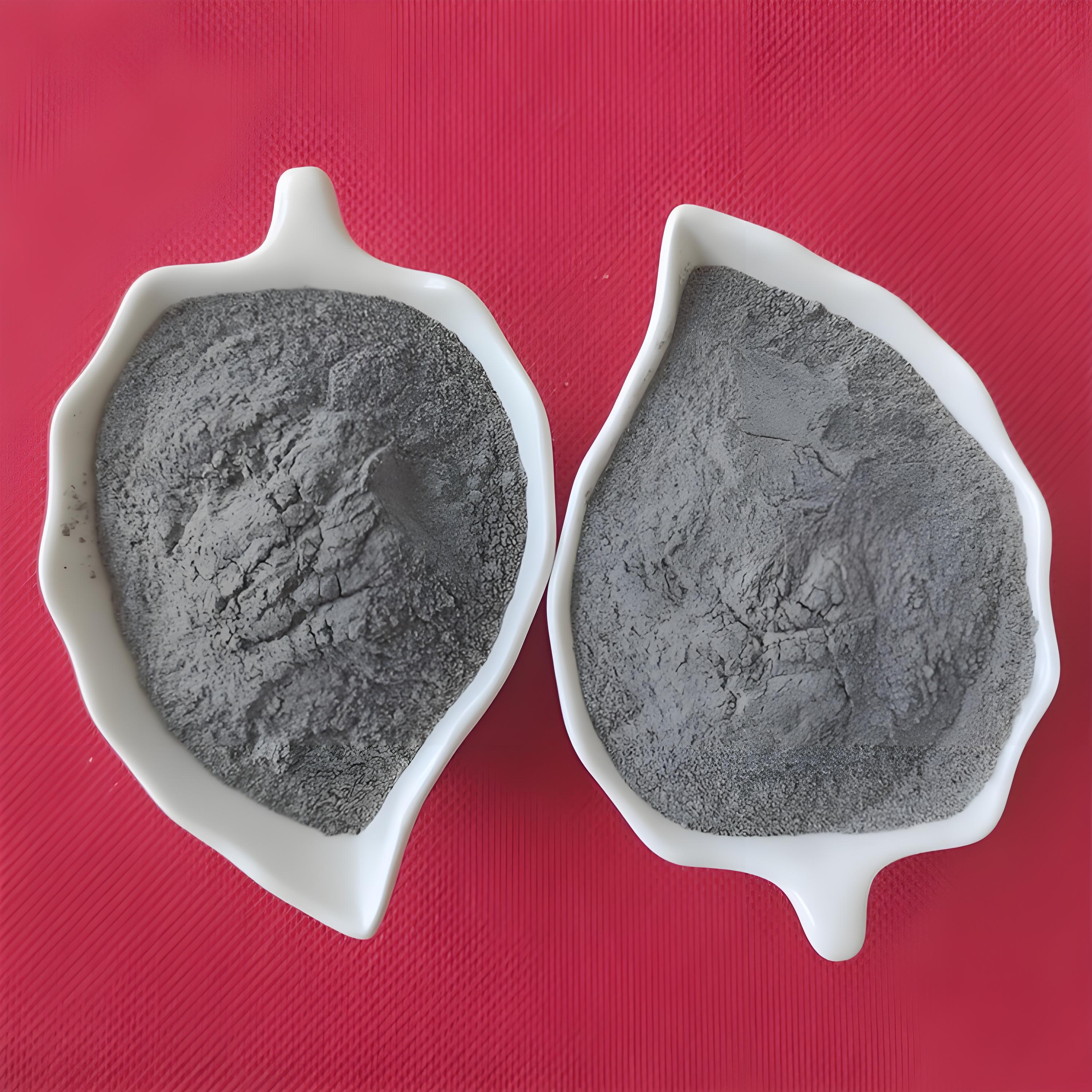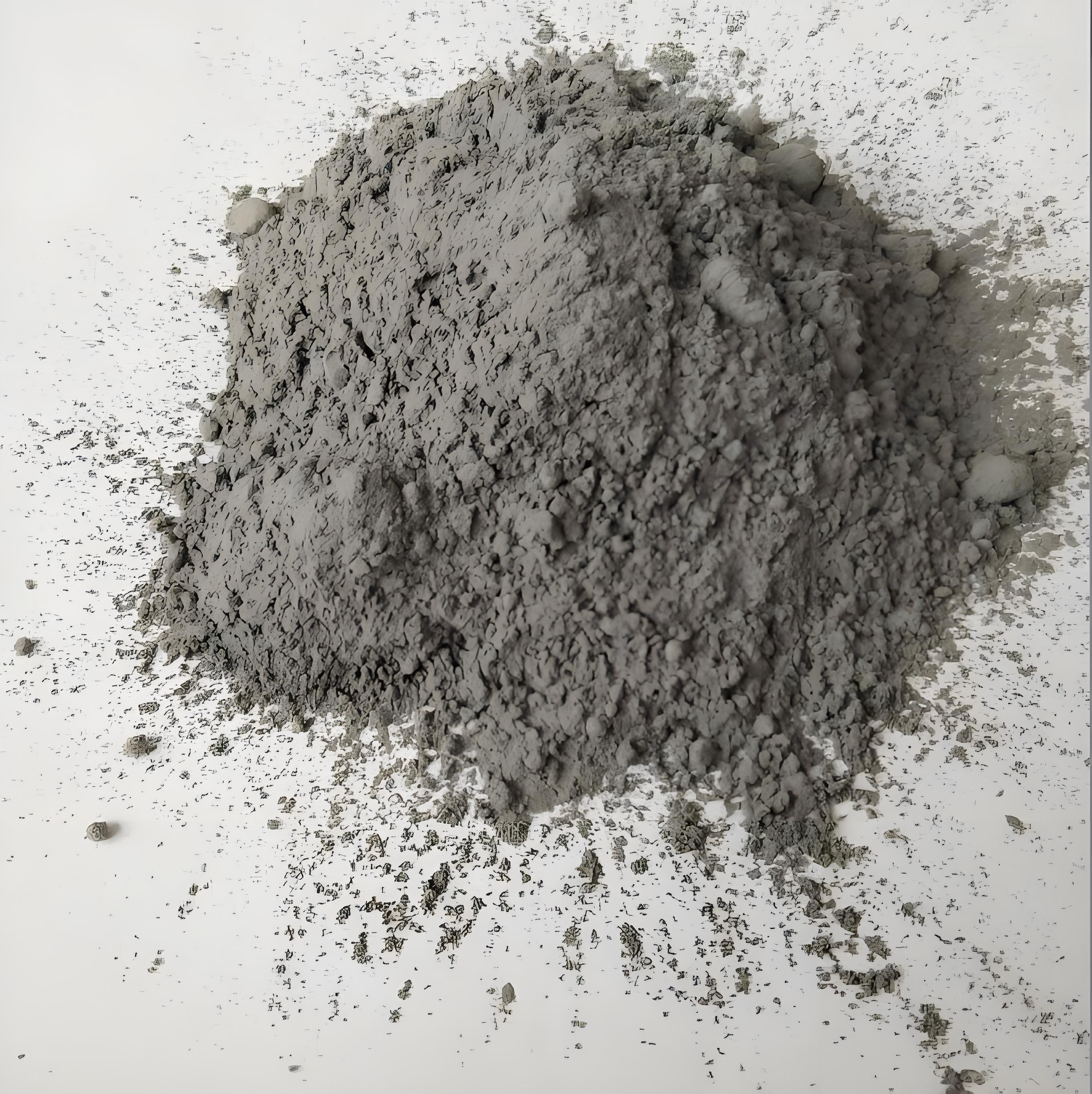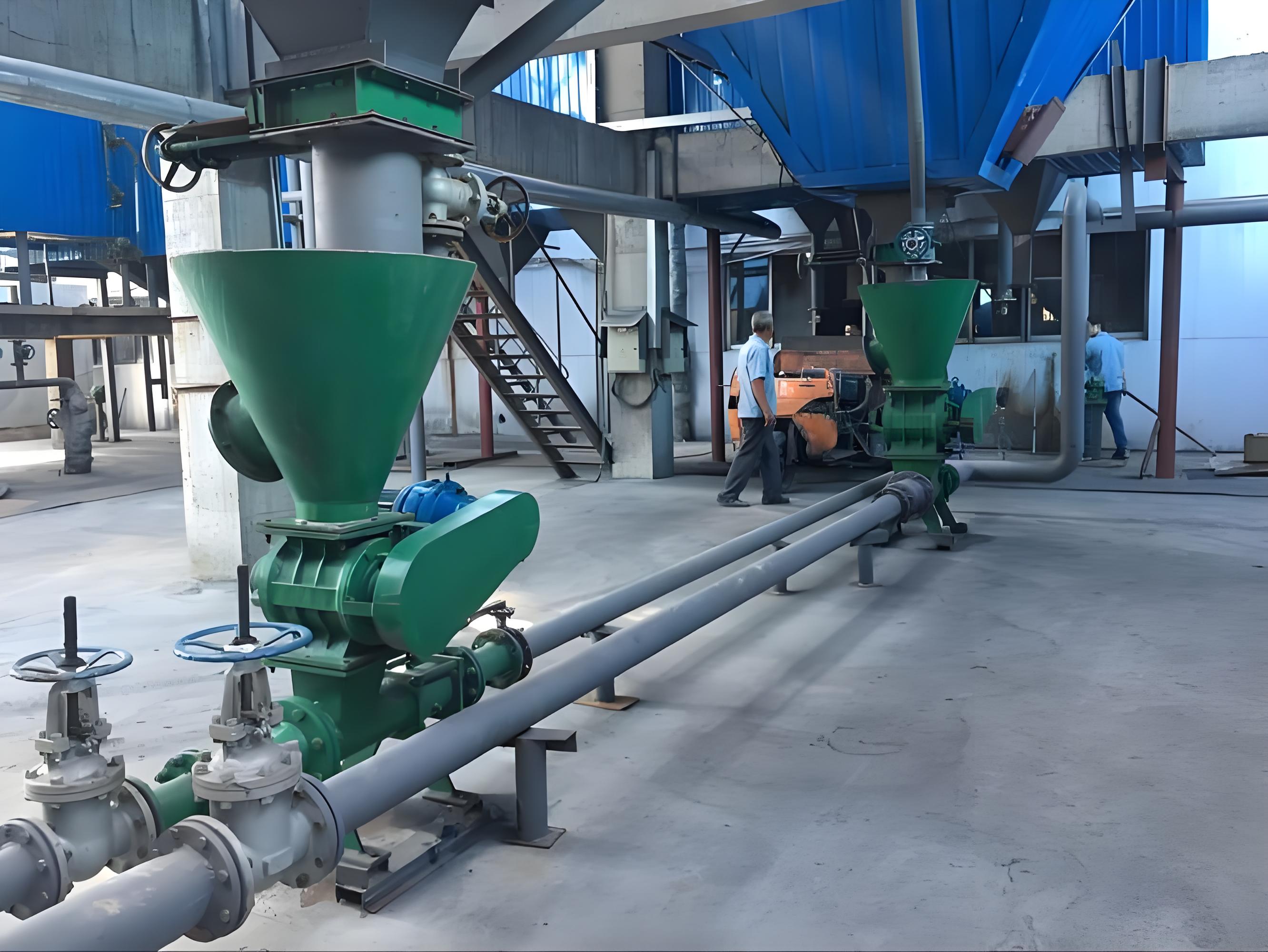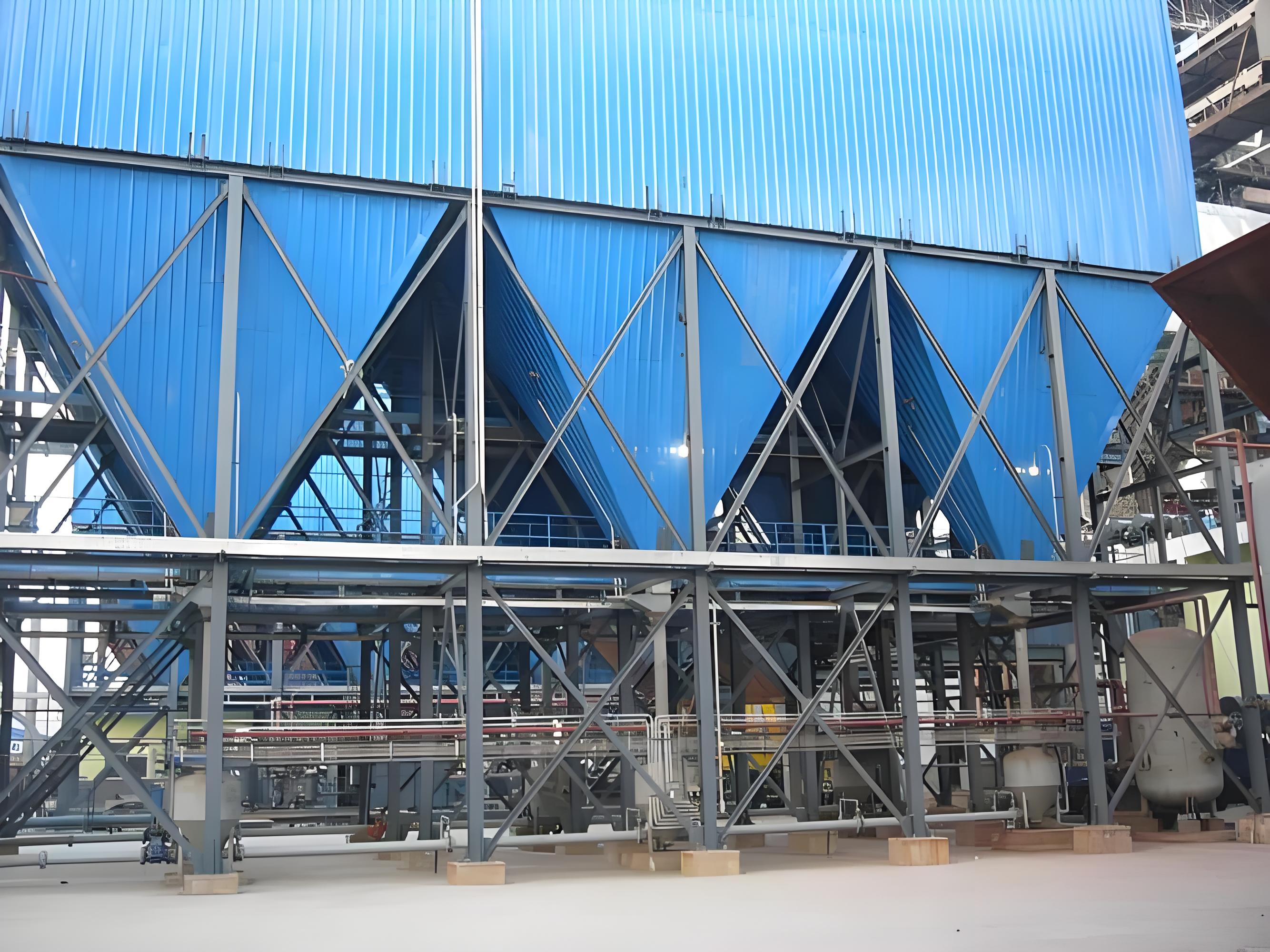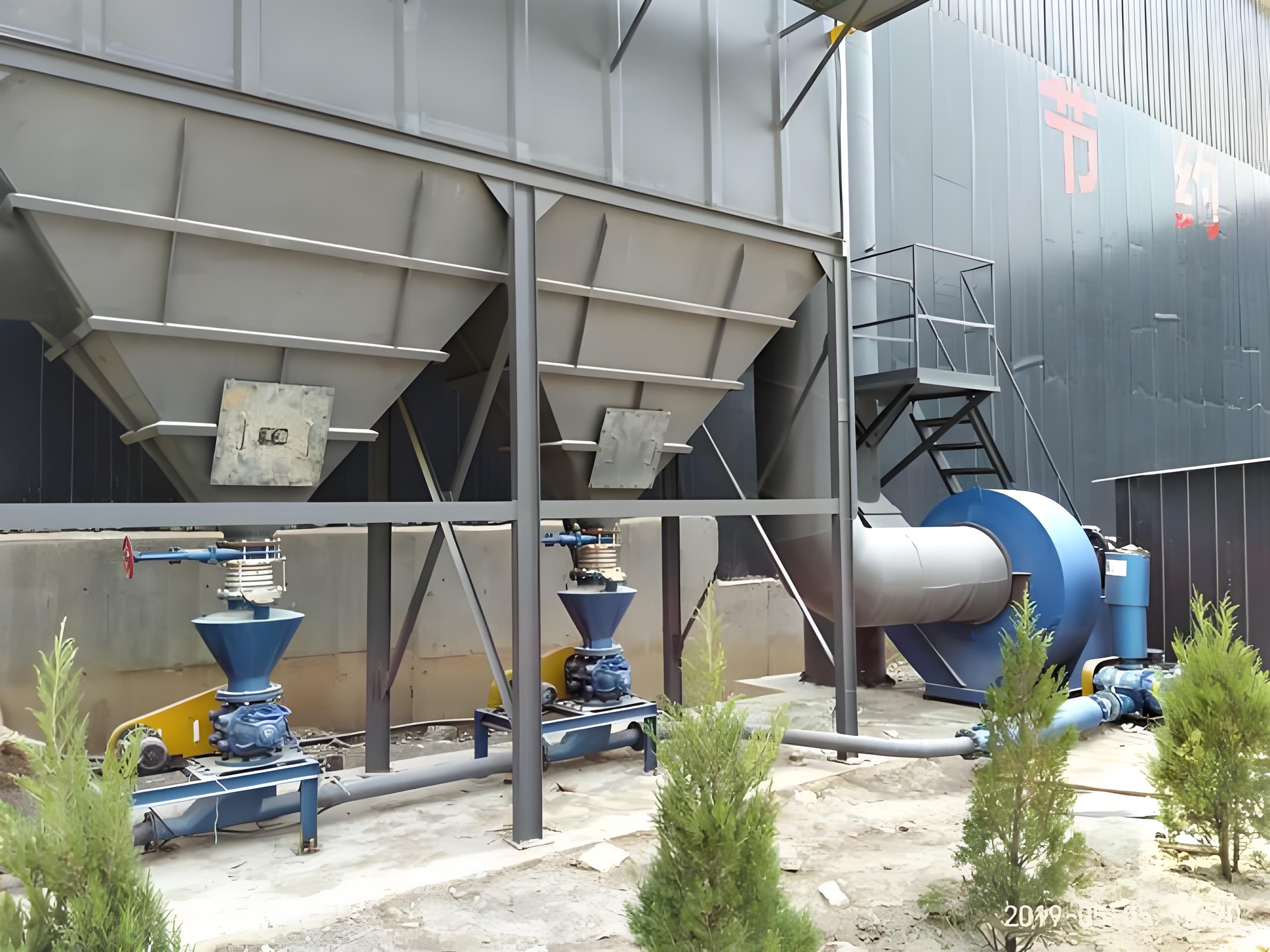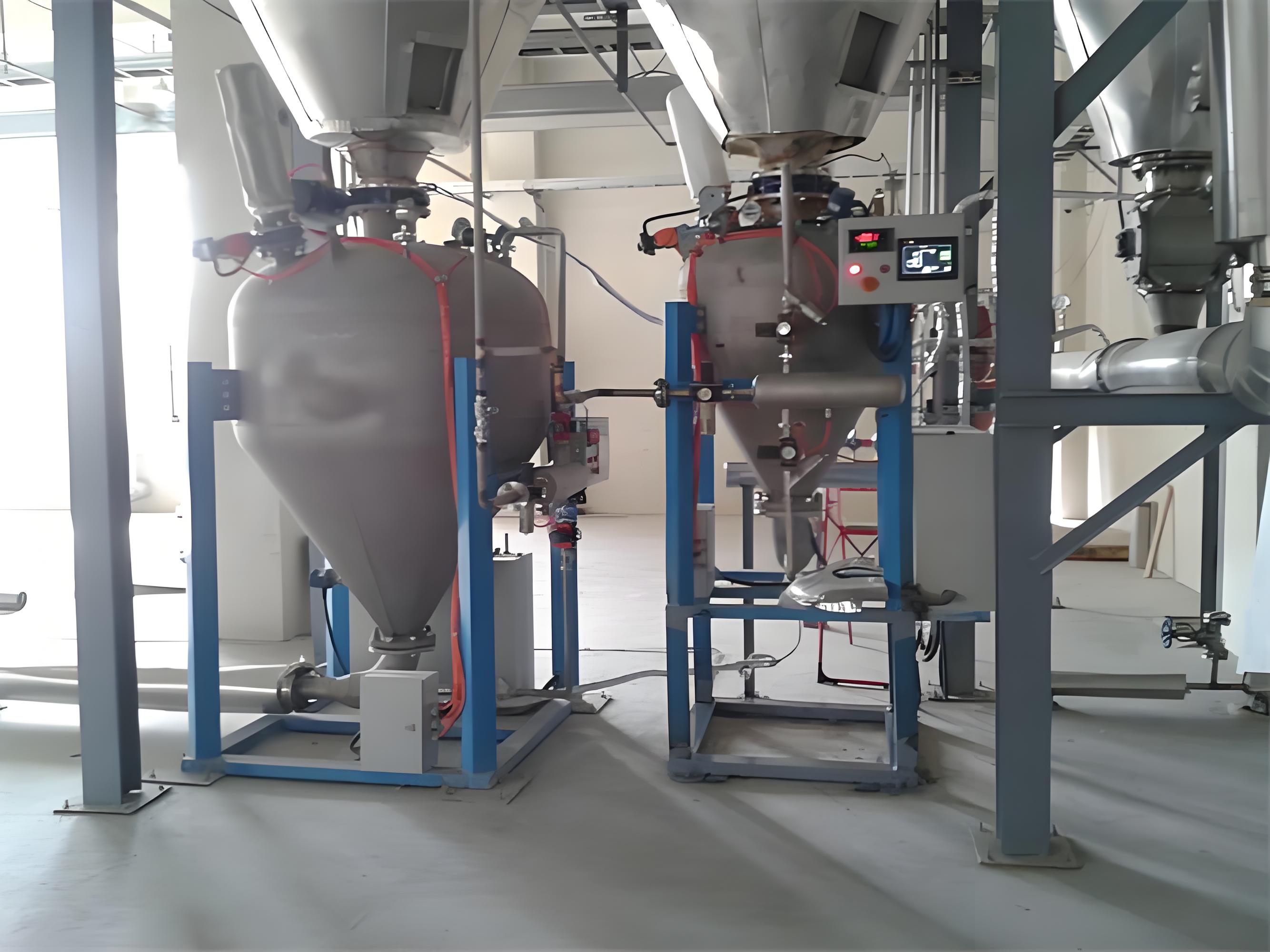Fly ash pneumatic conveying
Shandong Dongkai can provide turnkey projects such as process demonstration, design, equipment production, equipment installation, and system debugging for fly ash pneumatic conveying systems based on the actual production and usage site layout of fly ash materials.
Fly ash is the tiny ash particles emitted during the combustion of fuel (mainly coal). Its particle size is generally between 1 and 100 μ m. Also known as fly ash or cigarette ash. Fine solid particles in the ash content of flue gas generated by fuel combustion. Fine ash collected from flue gas in coal-fired power plants. Fly ash is formed by the cooling of coal powder after it enters the furnace at 1300-1500 ℃ and undergoes heat absorption on the hot surface under suspended combustion conditions. Due to surface tension, most fly ash is spherical in shape, with a smooth surface and small micropores. Part of them adhere to each other due to collision in the molten state, becoming honeycomb shaped composite particles with rough surfaces and many edges. The chemical composition of fly ash is related to coal composition, coal particle size, boiler type, combustion conditions, and collection methods. The emission of fly ash is directly related to the ash content in coal combustion. According to China's coal consumption situation, burning 1 ton of coal produces approximately 250-300kg of fly ash.
Fly ash is formed by the combustion and cooling of coal powder at high temperatures (1300-1500 ℃). Most of them are spherical in shape, with a smooth surface and small micropores. Some particles adhere to each other during melting, resulting in a rough surface and a honeycomb like combination of edges and corners. Generally refers to any solid particles in the flue gas produced by fuel combustion, sometimes including particulate matter suspended in the air during cement production. Its chemical composition varies greatly, depending on the type of fuel, combustion conditions, and ash collection method. For example, in the fly ash obtained from coal-fired power plants, in addition to unburned coal particles, it also contains a large amount of oxides of silicon, iron, aluminum, calcium, magnesium, sodium, potassium, sulfur, and various trace elements. Fly ash poses a great threat to air pollution, and measures such as installing dust removal devices must be taken to remove it. Can be used as an adsorbent or filter aid for treating wastewater.
physical property:
Appearance and color: Usually in the form of gray or grayish white powder, the depth of color is related to the carbon content, with higher carbon content resulting in darker colors.
Particle size distribution: The particles are small, with a particle size mostly between 1-100 microns and a specific surface area of typically 200-600 m ²/kg.
Density and bulk density: The actual density is about 2.1-2.6 g/cm ³, and the bulk density is 500-900 kg/m ³.
Pore structure: The internal porosity of the particles reaches 50% -70%, with high water absorption.
chemical property:
Main components: containing 40% -60% silicon dioxide (SiO ₂), 15% -40% aluminum oxide (Al ₂ O3), 5% -15% iron oxide (Fe ₂ O3), and 1% -10% calcium oxide (CaO).
Mineral composition: mainly composed of vitreous body (50% -80%), including crystalline minerals such as mullite and quartz.
